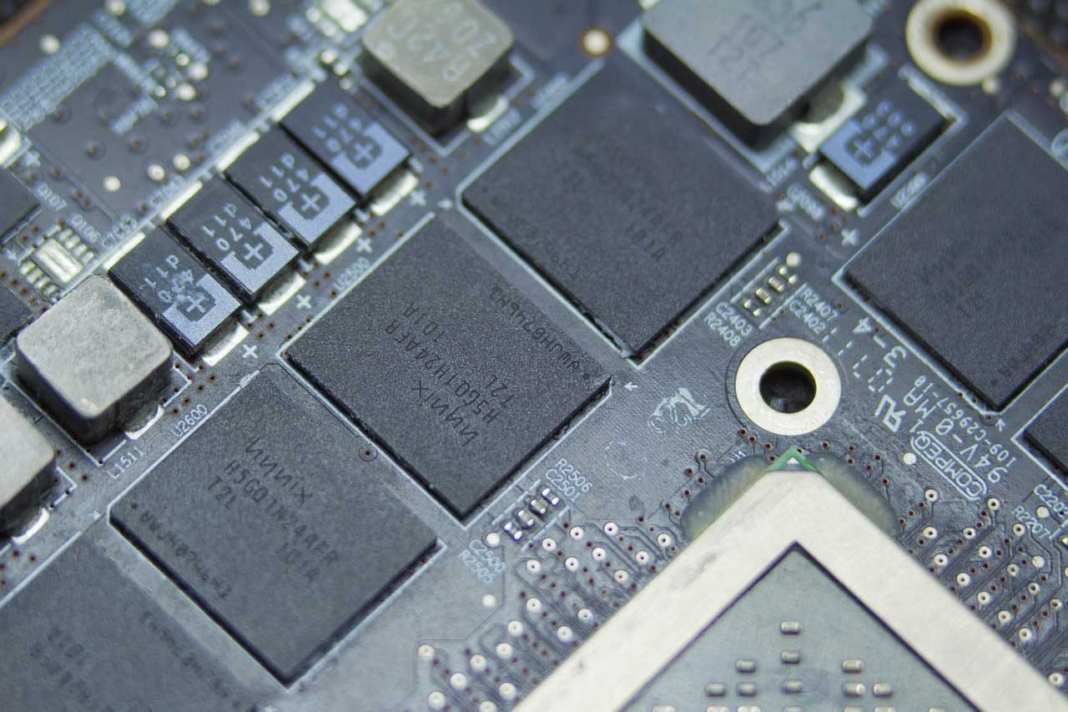DRAMeXchange, tech market intelligence firm TrendForce’s memory and storage branch, had predicted that DRAM price would go down 10 percent in the 3rd quarter and 5% in the last quarter of this year. But the ban on Huawei by the US changes the situation. Now it would go down 15% in the 3rd quarter and 5% more in the last quarter of the year. So altogether the price of DRAM will go down up to 25% at the end of the year.
“As ripples from the U.S. ban continue to spread, Huawei’s shipments of smartphone and server products are feared to face heavy obstacles for the next two to three quarters, impacting peak-season-demand for DRAM products 2H and the time of price precipitation,” said the DRAMeXchange.
DRAM market price is falling for quite some time now. We have seen price drops throughout 2018. And the story has not changed at all in 2019. Memory companies have already felt the sting of these price drops–Samsung even lost the semiconductor throne to Intel in May because its profits had dropped so much in recent quarters. Now losing Huawei as a customer will only make the matter worst.
“Yet, a heated U.S.-China trade war may send demand in the second half of this year into quick-freeze, with the increasingly looming uncertainty compelling datacenters to make reductions to capex. Fragile DRAM suppliers may have to admit current inventory casualties on the books by the end of this year, and officially modify their financial statements to report: ‘Loss,'” DRAMeXchange said.
Not only the DRAM makers but also other companies are also feeling the heat of the US-China trade war. Increase tariffs have forced companies to increase their product price. So many companies are shifting their manufacturing plant to other countries to avoid these tariffs. And the recent ban on Huawei has made the matter more complicated. Google, ARM and many US-based semiconductor companies have cut ties with Huawei, as a result, their revenue has also declined.
But there is still hope for DRAM businesses. DRAMeXchange predicted that DRAM prices “have a chance to see a rebound in 2020 due to prices hitting bottom, limited supply bit growth, and other factors.”


